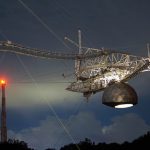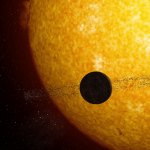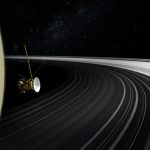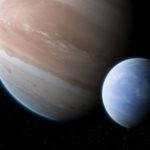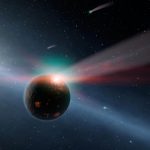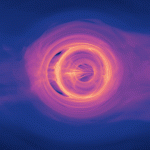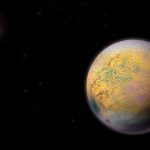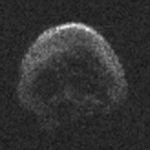3 compelling reasons why we haven’t found aliens yet0
- From Around the Web, Space
- October 9, 2018
Aliens have always captured our imaginations. The universe is large and filled with other planets but somehow it seems like humans are alone. So we decided to break down three theories on why we haven’t found any aliens yet. Following is a transcript of the video.


